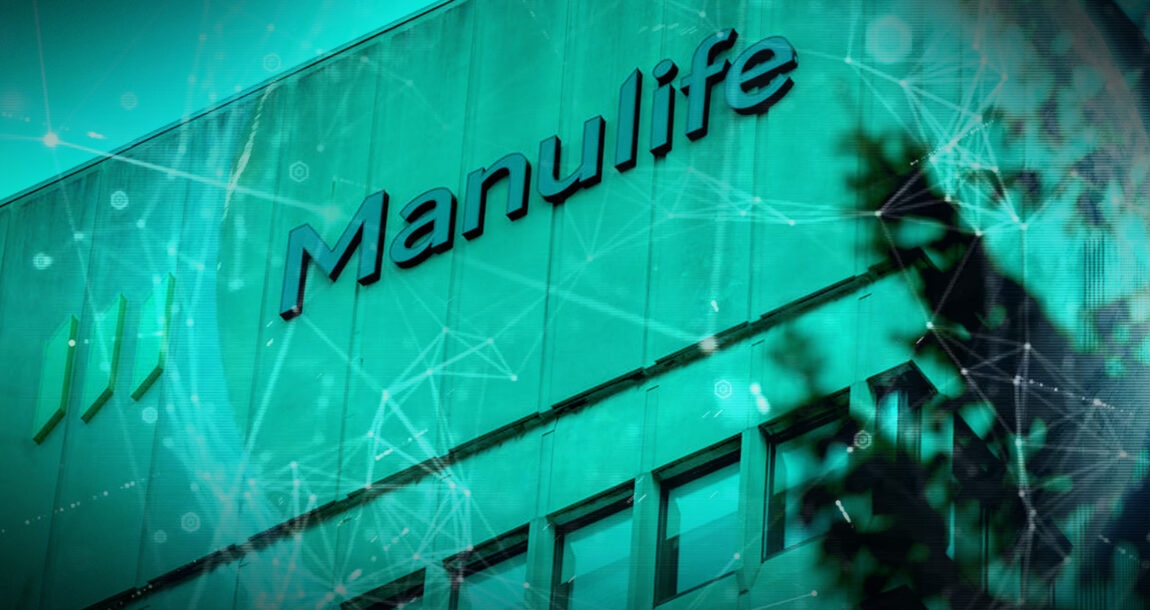Leveraging AI ‘key’ to Manulife’s digital innovation, says CMO Karen Leggett


Implementing generative AI is a "key component" of global insurance leader Manulife’s strategy to become the most digital-centric company in the industry, says Karen Leggett, global CMO.
“We’ve achieved so many of our digital ambitions. Now, the devil very much is in the refinement of details and focusing our investments and targeted efforts against that and AI is a key component,” Leggett said in an interview with InsuranceNewsNet.
The secret sauce behind Manulife’s strategy is a detailed yet flexible game plan and unwavering vision. For them, incorporating AI is simply not up for debate.
“We cannot be a digital customer leader without leveraging AI; that’s the bottom line. It is immensely critical to our ambition… I wouldn’t just call it GenAI, but I would also call it AI in general, has been and will continue to be very much a strategic priority for Manulife,” Leggett said.
Multi-pronged approach
Manulife, which operates as John Hancock in the United States, has taken a three-pronged approach to leveraging GenAI:
- Prioritizing use cases based on value
- Planning for reusability
- Developing entire workflows rather than just tasks
The company starts by determining practical applications for AI, such as for productivity or growth, then prioritizes those based on value and determines the most strategic ways to grow the business.
Leggett confirmed that Manulife currently has 29 use cases and models in production; another 30 scheduled for deployment over the next six to seven months; and an additional 425 identified company-wide use cases in the lineup to be vetted and validated for use.
But merely rolling out “a bunch of independent use cases” is not enough, she said.
“Where we get value from is reusability and ability to scale across our organization. That’s where we start to see tremendous value where we can do it at scale,” Leggett explained.
And that takes long-term vision, moving away from “small point solutions,” reimaging complete workflows, eliminating large parts of the process and bringing in a lot of new data, she said.
Competitive headstart
Leggett noted that Manulife has already been pouring investments into AI development since as early as 2016. This included investing in cloud storage, which the company uses to structure the data being fed into their AI tools.
Additionally, she said they invest in talent and training to leverage AI capabilities and create, deploy, manage and evolve the models. As of this writing, the company’s talent pool had grown to approximately 200 global data scientists and machine learning engineers.
“We’ve deliberately embedded those individuals within the businesses as well as within the functions so that they are on the ground and can really understand an opportunity; spot where transformation is ripe for the taking and be able to work with other colleagues and peers to create very detailed roadmaps of potential use cases; and then have a schedule to actually deploy those and then extract the business value from these AI solutions and do that at an accelerated pace,” Leggett explained.
Unlike other companies, she said, Manulife isn’t still just at an experimental stage with AI — it’s already implemented it and is now refining it.
“Culturally and from a leadership perspective and a risk standpoint, a lot of people are a little bit paralyzed by indecision and uncertainty… Others are starting to wake up to this and realizing that they’re going to get left behind if they don’t understand how to make this a critical priority for their organization,” Leggett said.
Company-wide usage
Manulife believes AI is “not good in just the hands of a few” but rather works best as a collaborative process. This is why they have rolled out their own internal version of ChatGPT, called ChatMFC, which around 40% of the organization is using.
“We deployed that, and it’s all permissioned and all the data’s protected, so it’s only accessed by whatever accessibility rights you have. It can’t leak outside of the organization, so our data’s fully protected. We’ve rolled that out to all 38,000 colleagues across the globe in April of last year,” Leggett said.
Manulife does not necessarily let its customers self-serve with GenAI, although Leggett suggested it may eventually get to this point years down the road. Rather, their priority is on upskilling and focusing on the change management needed to drive sustained adoption of new AI capabilities completely.
“We’re very, very excited about bringing the organization along and not just limiting it to a group of 200 people,” Leggett said.
Measuring success
According to Leggett, Manulife has also begun tracking and tabulating how much time staff are saving when utilizing GenAI. This helps them understand “how those fingers and toes can turn into arms and legs and can turn into bodies of work and figuring out how to reorient and free up capacity.”
The company also uses these internal benchmarks to determine what’s not working and correct or refine as they go along.
“We’re not afraid to stop work on a model if it’s not delivering what we thought it would,” Leggett said. “That ability to move at pace and also not be afraid to scale those ideas when they pan out the way you thought they would, just becomes part of how you do business.”
Key use cases
Some of the GenAI use cases currently being leveraged by Manulife/John Hancock cover customer experience, revenue growth, productivity and cost savings. These include:
- Call center handling of complex cases
- Call center daily trend analytics
- In-house translation services through ChatMFC
- Call center sales opportunities, scripts and emails
- Software code generation
“We’re now seeing the transformative use of AI within many of our functions,” Leggett said. “So, it’s definitely not going away; it’s absolutely ramping up and we’re trying to stay ahead of the curve, keep pace and continue to lead in this space.”
Manulife, founded in 1887, is one of Canada’s oldest and most established insurance and financial services providers. It operates in more than 19 countries and territories around the world, including as John Hancock in the United States.
© Entire contents copyright 2025 by InsuranceNewsNet.com Inc. All rights reserved. No part of this article may be reprinted without the expressed written consent from InsuranceNewsNet.com.
Rayne Morgan is a journalist, copywriter, and editor with over 10 years' combined experience in digital content and print media. You can reach her at [email protected].





Do homeowners understand their weather event coverage?
Sunny Hostin’s husband seeking to settle medical fraud lawsuit, says attorney
Advisor News
- Are the holidays a good time to have a long-term care conversation?
- Gen X unsure whether they can catch up with retirement saving
- Bill that could expand access to annuities headed to the House
- Private equity, crypto and the risks retirees can’t ignore
- Will Trump accounts lead to a financial boon? Experts differ on impact
More Advisor NewsAnnuity News
- Hildene Capital Management Announces Purchase Agreement to Acquire Annuity Provider SILAC
- Removing barriers to annuity adoption in 2026
- An Application for the Trademark “EMPOWER INVESTMENTS” Has Been Filed by Great-West Life & Annuity Insurance Company: Great-West Life & Annuity Insurance Company
- Bill that could expand access to annuities headed to the House
- LTC annuities and minimizing opportunity cost
More Annuity NewsHealth/Employee Benefits News
Life Insurance News
- On the Move: Dec. 4, 2025
- Judge approves PHL Variable plan; could reduce benefits by up to $4.1B
- Seritage Growth Properties Makes $20 Million Loan Prepayment
- AM Best Revises Outlooks to Negative for Kansas City Life Insurance Company; Downgrades Credit Ratings of Grange Life Insurance Company; Revises Issuer Credit Rating Outlook to Negative for Old American Insurance Company
- AM Best Affirms Credit Ratings of Bao Minh Insurance Corporation
More Life Insurance News